
14 minute read
04�2 FIELDWORK + NOTES FROM SÃO PAULO � � � � � � � � � � � � � � � � � � � � � � �
from Self-Management Law, Now! Fostering Community-Owned, Permanently Affordable and Sustainable Housing
04.2
FIELDWORK + NOTES FROM SÃO PAULO
This section recalls our visits to nearly a dozen housing project sites and technical advisory firms, as well as our experiences sitting in on UMM-SP meetings, marching arm-in-arm in protest, and attending other events with members. We recorded dozens of interviews and took countless photographs of these experiences, with the hope of documenting the various selfmanagement projects throughout the São Paulo Metropolitan Region and the ongoing efforts of the social housing movements.
We planned our visit to be as productive as possible and arranged to stay in a centrally located hostel that was a few minutes from a well-connected subway station. This allowed our group of 11 members to reach virtually all of our site visits using São Paulo’s robust public transit system. Most sites were located in the urban periphery, but were not concentrated in any particular area. For example, we made several visits to the Mutirões Dorothy Stang, Jerônimo Alves, and Martin Luther King project, which lies in the far east of the city, near the border of the municipality of Mauá. However, we also visited sites in the far northwestern side of the city, such as the Alexios Jafet site. While some of these journeys took upwards of two hours each way, this time was seldom wasted as we were able to work on small logistical details during them. More importantly though, by travelling this way, we were able to better understand how different regions of the city connected with one another, and what it would be like to commute from these different sites. Most commutes included metro and bus and the team was able to observe the changes in the built environment as we passed through various districts. Most importantly, these trips highlighted the ways in which disparate levels of access to the urban center — and thereby, economic opportunity — affect populations living across the metropolitan area, where it can often take up to two hours to reach downtown areas.
SITE VISITS
HOUSING PROJECTS
From projects still in the conceptual phase to those that have been occupied for nearly a decade, each project offered a unique insight into the benefits and challenges of this housing model. What was consistent across visits, however, was the hospitality shown to us by the movement members, their enthusiasm
Figure 04.7 UM capstone team eating with Movimento Habitacional e Ação Social at Condomínio Vila Patrimonial.

Figure 04.8 Wemerson Ramos in his home at Condomínio Dandara in downtown São Paulo
for the process, and their optimism that self management was the best path forward.
Site visits to completed projects allowed us to see completed, lived-in units and gave us an opportunity to document the quality of the units developed under this housing model. Second, it allowed us to understand how projects evolve over time through democratic decision-making processes. For example, residents at Paulo Freire decided to replace its initial plumbing system despite the fact that it would be a costly endeavor for every household. Another example is the Condomínio Iracema Euzebio project, where residents collectively decided to lease the building’s common space to an outside entity in order to keep monthly expenses low for the residents. This is a critical component of self management that speaks to the model’s ability to sustain over time; even after residents move in, the democratic process and shared sacrifice remain intact, giving hope that projects will continue to thrive long into the future. how self-managed projects come together and the challenges found in the construction phase. These visits allowed a first-hand look at the all-hands-on-deck mentality that is required to advance self-managed projects. While construction is one obvious contribution to the process, our visit to Alexios Jafet showed that members can contribute in many ways. Our weekend visit was a workday, so you could easily find folks working on landscaping and grading, in the kitchen cooking for the group, or in the community room looking after children. Each is considered a contribution to the project and allows members with differing capabilities to contribute in the best way they can.
An evening visit to the Mutirões Dorothy Stang, Jerônimo Alves, and Martin Luther King project was an opportunity for our team to witness the work of commissions. Each project is organized by a series of commissions, decided on by movement members through a democratic process. Examples of commissions vary, but often include:
● Environmental commissions, tasked with investigating the conditions of the project and to ensure adherence to legally binding environmental standards, among other tasks. ● Financial commissions, which seek to secure funding for the project.
● Relationship management commissions, working with lenders, construction experts, and other contributors to the project to ensure efficient coordination. ● Women’s commissions, which consider the needs of women residents and plan for childcare and organizing efforts. ● Additional commissions vary, but can include accounting, logistics coordination for meetings including cooking, labor and accident prevention, and communications, among others.
Each month, the commissions host check-ins to allow for the coordinators to exchange updates on the project status and the work of different commissions, make plans for future events, and regularly convene with one another. The commission coordinators plan mutirões for manual labor and organize assemblies where decisions are made on important aspects such as financing and procurement. Lastly, our visit to Projeto Bosque in the city’s West Zone allowed a glimpse into a project in the conceptual phase. While Projeto Bosque had yet to begin construction, members of the collective and the technical advisory firm assigned to the project warmly welcomed us to the site as they explained the existing conditions, the proposed site plan, and the process whereby they procured surplus government land. Even at this stage in the development process, the self-management process was on full display as members of the security commission explained that they remain on site 24 hours a day to ensure that unauthorized parties do not occupy the land and that any purchased materials are not stolen.
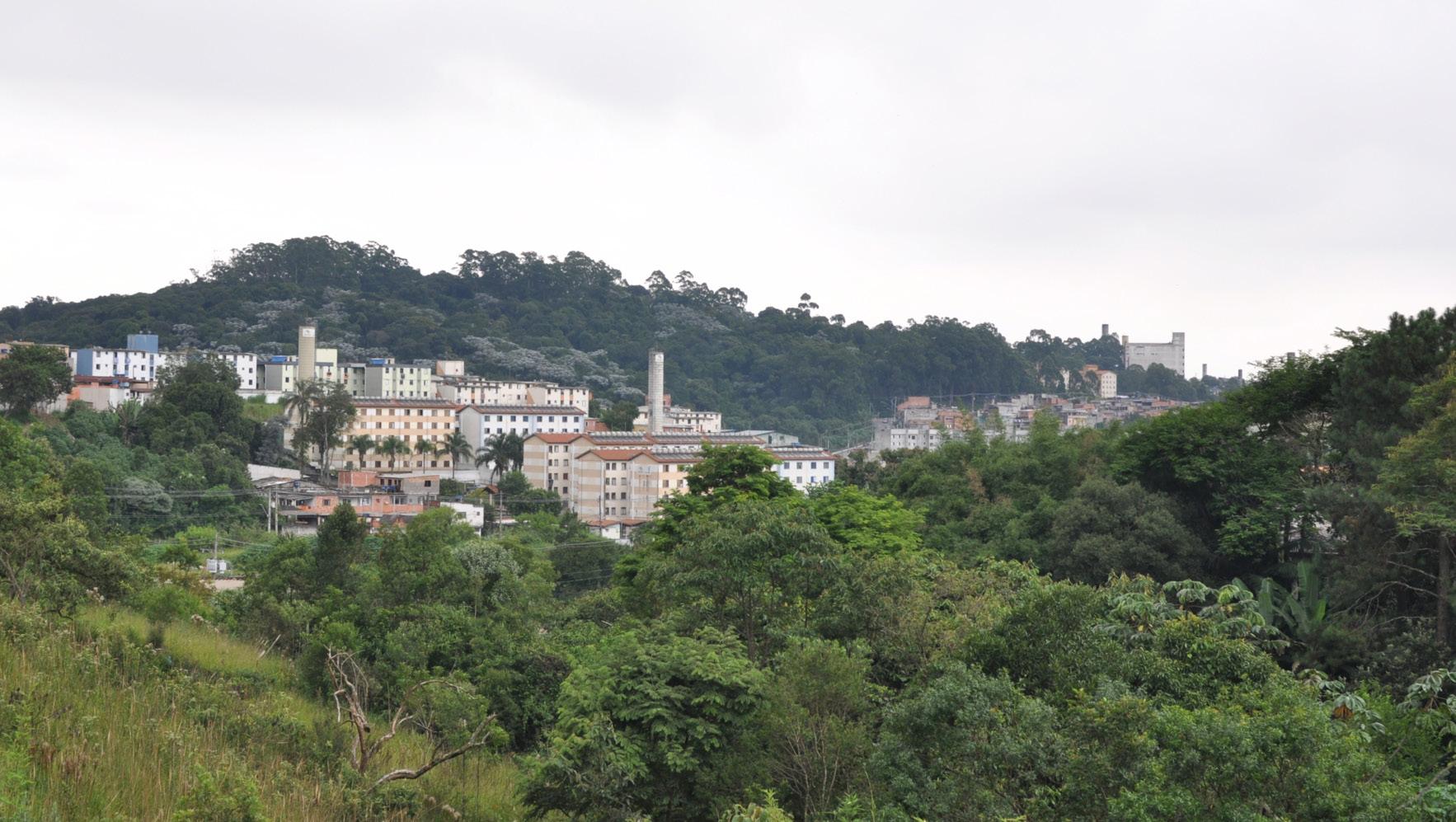
Figure 04.9 Touring Conjunto Florestan Fernandes e José Maria Amaral.
Our site visits also allowed us to see the kinds of environmental challenges that many of the housing projects face and experience trade-offs that movements are forced to make. At Conjunto Florestan Fernandes e José Maria Amaral, we saw the immense size of the Permanent Preservation Area (APP) and learned about how regulators for the Forest Code follow up to ensure that plants are being maintained two years after construction is completed. At Condomínio Vila Patrimonial, in order to meet the tree planting requirement, the movement was forced to sacrifice 12 housing units, forcing 12 families to look elsewhere for housing. Ultimately, our site visits would have been incomplete without the people involved in the project. Each site visit, regardless of the project’s status, began with a roundtable discussion or informal group interview. These discussions allowed members of the collective to share how their journey has led to self management and the significance of the movement in their lives. This was also a chance to break bread and speak candidly about their experiences. The insight shared during these discussions were as critical as our interviews in enhancing our understanding of self management. As we came to understand how precious time is to these projects, with volunteers spending countless hours contributing to projects, we were moved by the generosity of residents in sharing their experiences with us so freely.
TECHNICAL ADVISORY FIRMS
Through our visits with the technical advisory firms, we had a sneak peek at how urban planners could support movement-led housing and facilitate truly participatory decision making. In their design process, for example, they showed us cut-out pieces of furniture and appliances in homes that they used to see how residents would ideally design their homes. Our visits with the technical advisory firms was especially important for learning about the technicalities of APP regulations. Our team met with environmental planning experts several times over the course of our stay in Brazil.

INTERVIEW FINDINGS
This research provided us with a detailed understanding of the different sites and the people that live on them or one day hope to. Virtually everyone that we spoke with had personally experienced the instability and unaffordability of traditional, market-led housing. Most self-management projects involved continuous and protracted struggles to access both land and funding. However, through the movement, members have been able to access much more than just housing. Many have found education, employment, stability, and community because of the strong social ties that the movement creates through practices of solidarity and mutual aid. Those who have received housing through participation in the movement explained to us the impact it has on their children — the profound benefits and sense of pride they had from their safe, stable housing. Another important theme we learned was the important role of women, who account for some 80% of the movement. The women we spoke with told us about the empowerment they
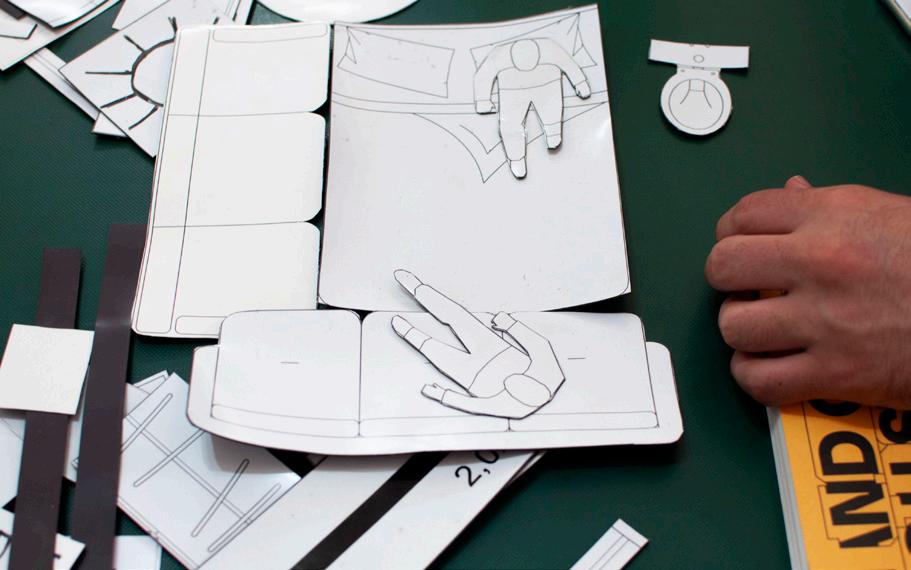
felt working on their own homes and learning to do things they never thought possible through their roles on various resident committees. As one interviewee explained, she no longer felt intimidated to lobby politicians and other officials for support because of all she learned while working on a coordinating committee at her site.
SEMI-STRUCTURED INTERVIEWS WITH HOUSING RESIDENTS
From these interviews the team learned about the experiences of residents before, during, and after the self-management process. Interviewees often expressed gratitude for the opportunity to participate in self management, with many unable to afford an equivalent housing unit otherwise. Interviewees also expressed pride in their homes, the work they put into the project, and the expertise they gained through their participation in self management. Interviewees discussed at length on the variety of benefits of self management: many cited it as a securing anchor and experience having inspired them to pursue more education;
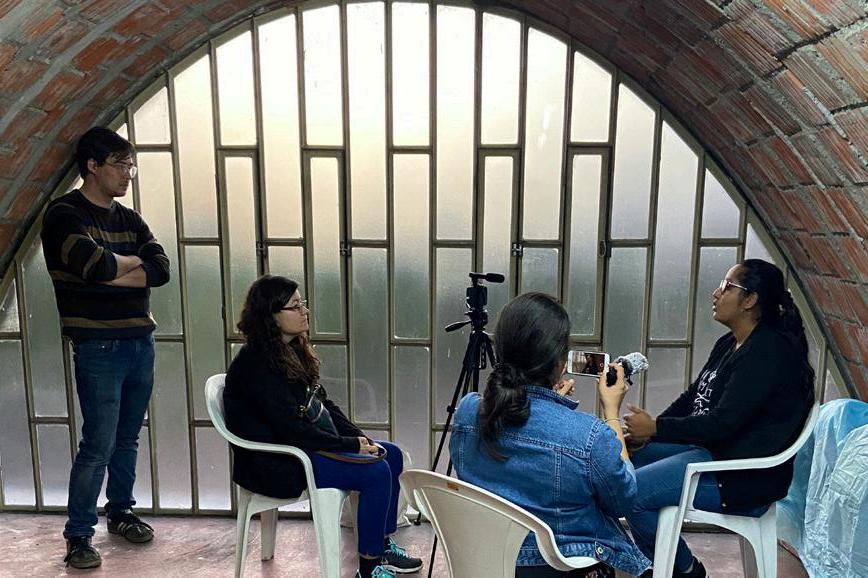
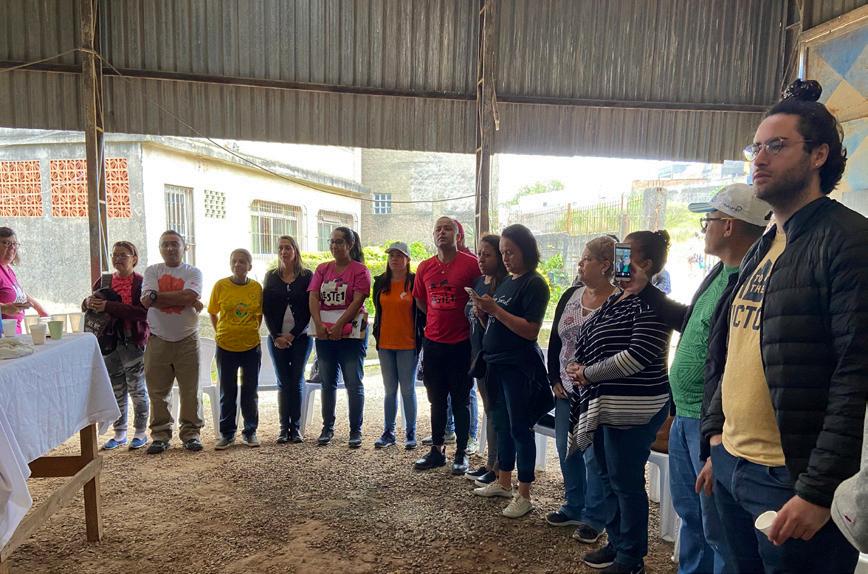
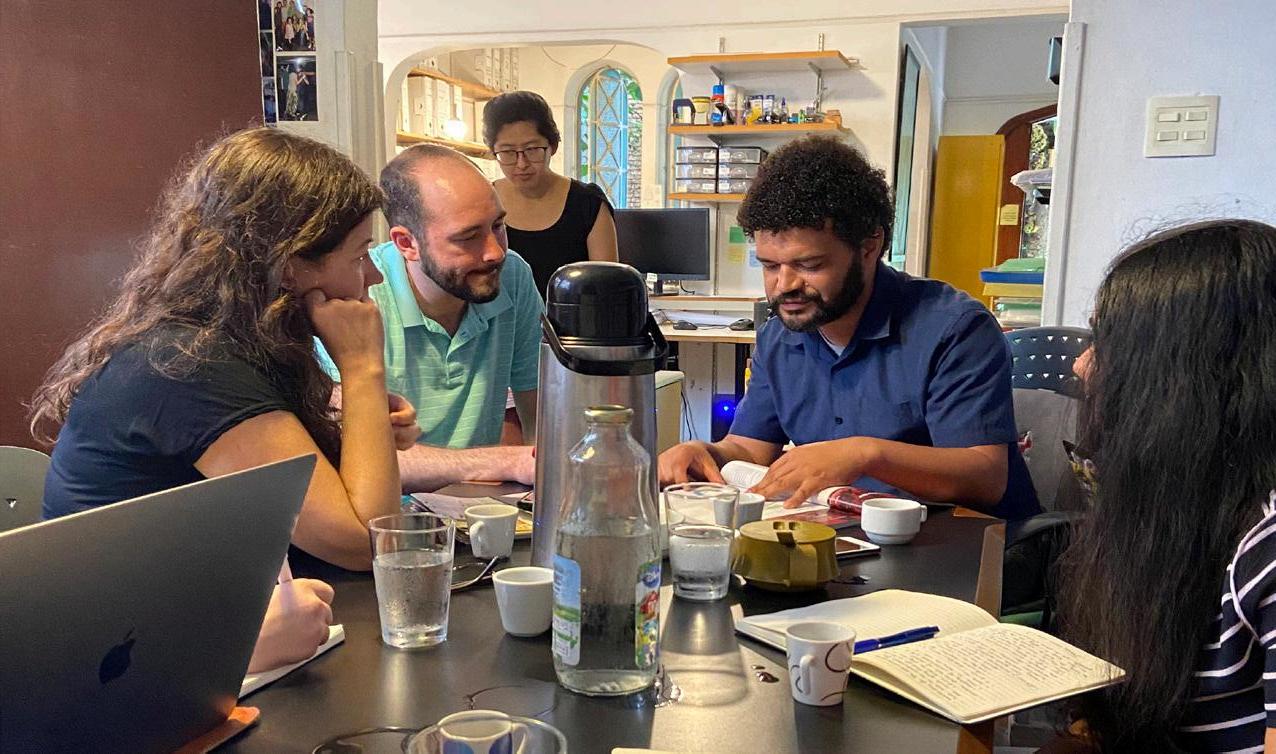
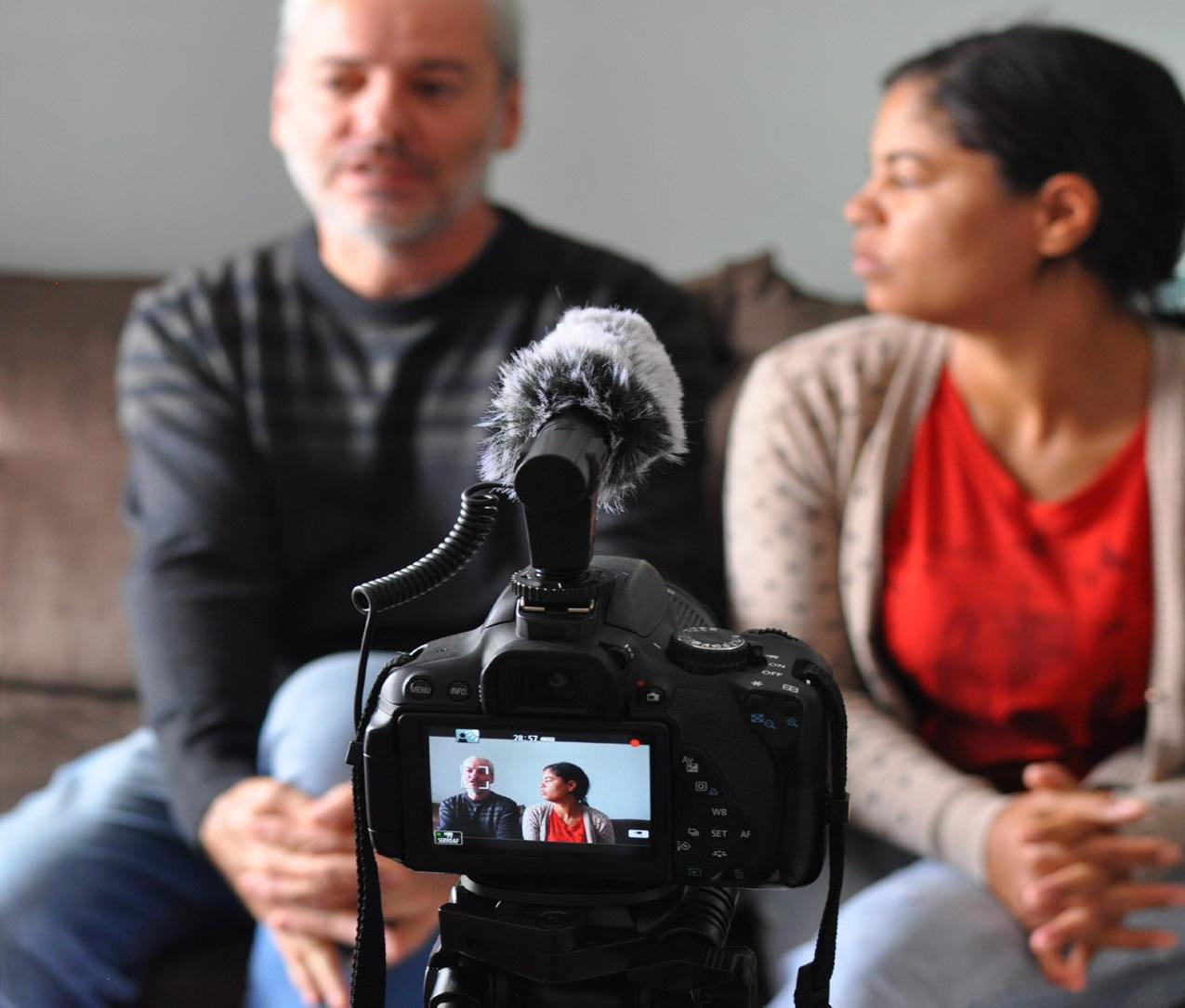
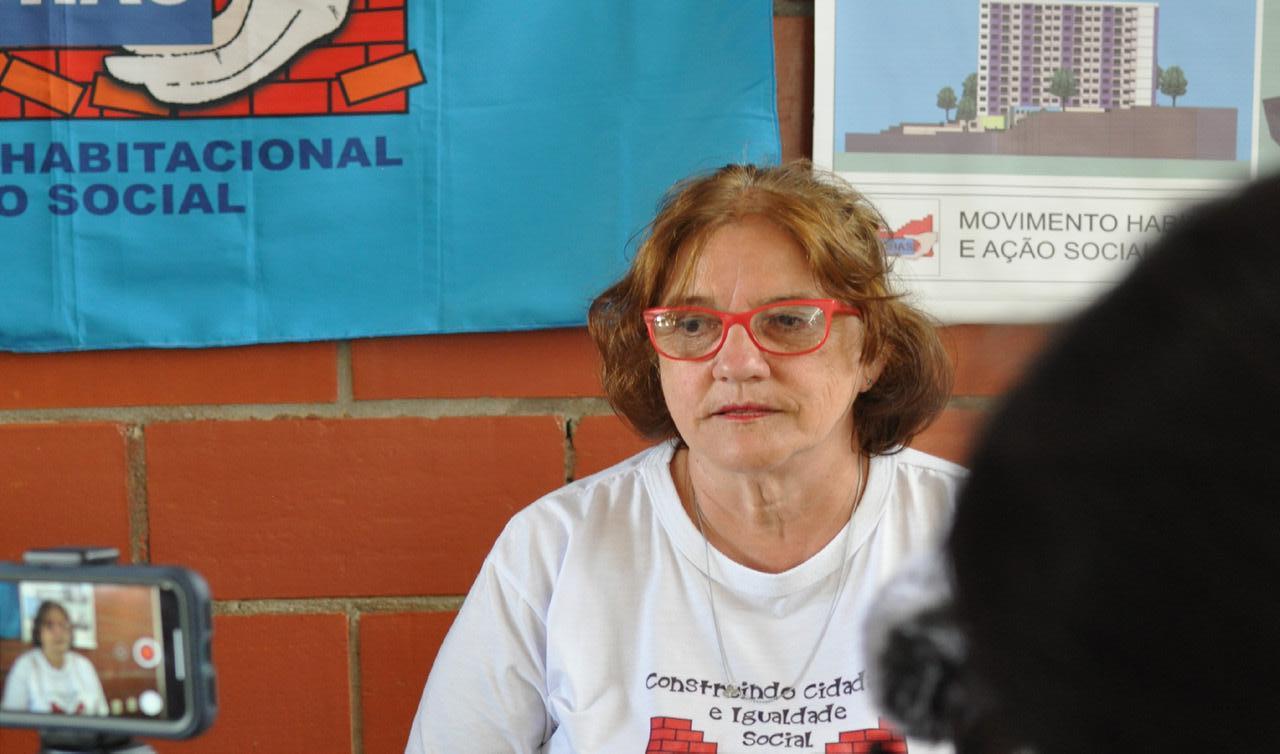
others discussed how self management helped them see their true selves, their power and their worth. All interviewees discussed the importance of the movement in self management and the continued need to fight for housing for those who lack it. SEMI-STRUCTURED INTERVIEWS WITH MOVEMENT LEADERS
The team learned more about the political struggles involved with implementing self management and its importance in the fight for adequate housing. Interviewees discussed the importance of the Uruguay FUCVAM model for self-management housing in influencing the establishment of the practice in Brazil, starting in São Paulo. They also discussed the need for a federal law on self management to prevent sudden cuts to funding, as the most recent political administration has been apt to do.
Technical advisory professionals carefully explained the various stages of the development process. According to technical advisory professionals we spoke to, self-managed housing had better outcomes than developer-led social housing. Interviewees elaborated that units tend to be larger and higher quality because “the movement measures success based on quality, not profit” (field notes, 2/29/2020) and due to residents’ active role in designing communal spaces and units. The technical advisory professionals we interviewed especially noted that resident-led designs preferred higherquality materials, frequently offset in cost by the use of self-construction methods. In addition to the recorded interviews, the team held separate meetings with two of the social architects to discuss the EEP site assigned to us by the client, particularly issues involving the requirements for setbacks on APP designated land. GROUP INTERVIEWS

Group interviews gave valuable insight into the operations and history of various selfmanagement projects around the city. The flexibility of these interviews granted team members the opportunity to ask residents and movement leaders specific questions about the site and the self-management process. In these interviews particularly, we witnessed what was less apparent in individual interviews: the deep sense of community inherent to these projects, and the ways in which the very act of self management supports social cohesion.
SOCIAL AND POLITICAL EVENTS
SOCIAL RITUALS AND GATHERINGS
During our time in Brazil, we attended Carnaval with young leaders of the movement; learned to dance the forró with people in the movement and technical advisory professionals; sang our hearts out at karaoke in Liberdade, São Paulo’s Japantown; enjoyed music played by the youth of the movement; and more.
Making and enjoying music with the youth of the social movements was one of the most fun, rewarding experiences of our trip. Language barriers were significant during the whole trip, but somehow, this experience seemed to transcend our limitations in communication. Rhythm and beats connected us, as the kids played several songs and demonstrated their musical expertise. Later, the kids taught us how to use the instruments through bodily expression and we rose to the challenge with curiosity and excitement.
While we worked hard on research, we also had a lot of fun, thanks to the hospitality and kindness of those in the movement. Our shared experiences deepened our ties to one another, as well as to our friends in the movement, and helped fortify us in returning to a very different world.
WOMEN’S MARCH
On Sunday, March 8, our team met dozens of movement members in downtown São Paulo to participate in the city’s International Women’s Day protest. The event was marked by both frustration and hope, reflecting the mounting challenges affecting women in São Paulo and across Brazil, especially under the current administration. Despite heavy and unrelenting rain, thousands of people attended, bringing enormous banners, speakers, and drums. A huge array of social movements and civil society organizations were present, beyond those that focused on housing. UMM-SP marched with a few large banners while members of each housing project grouped together under smaller pink signs, giving a sense of the interconnectedness and uniqueness present across the movement.
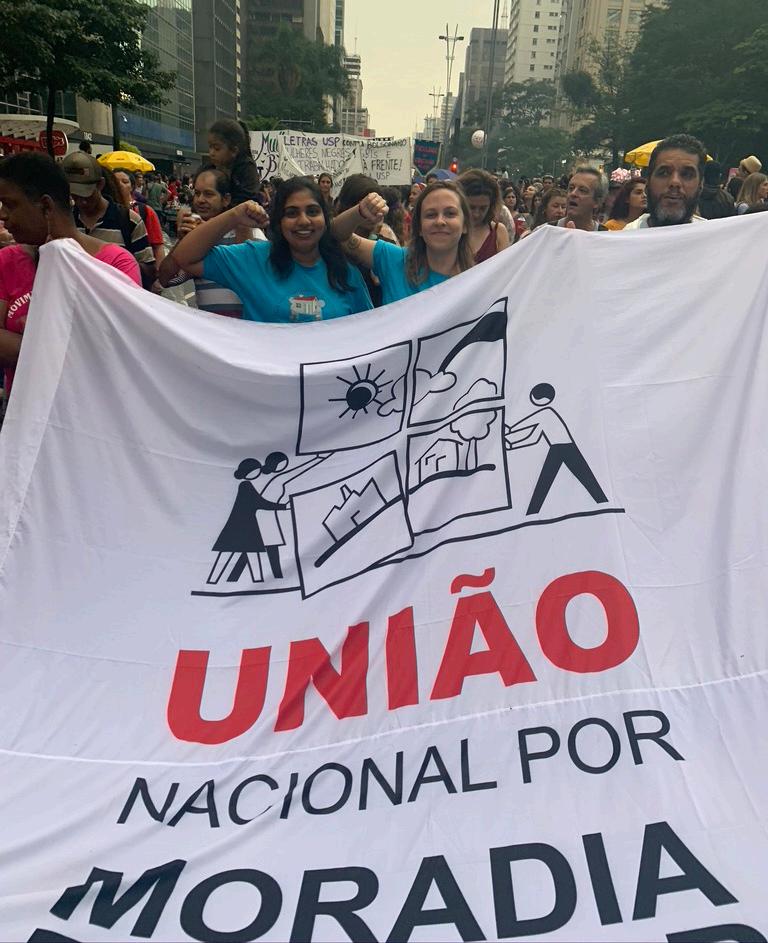
Women’s issues are of utmost importance to the movement, particularly because a majority of UMM-SP and UNMP members are women. The movement has a women’s department that fights feminicide and educates people about domestic violence, especially as these issues affect women of color. Furthermore, the movement actively subverts gender roles: while marketled construction sites are typically male, the movement defies this norm and self-constructs with its mostly female members.
UMM-SP LEADERSHIP MEETING
Members of UMM-SP invited the capstone team to sit in on a meeting of movement leadership at the movement’s offices. Coordinators and representatives from all around the city attended to make decisions about the future of the movement and organize around upcoming events such as the Women’s March. Many members presented to the group, with ample discussion and debate on each topic. Voting was held to make final decisions, exemplifying the democratic processes that the social movements promote as a central tenet of their mission.
PARTIDO DOS TRABALHADORES HOUSING DEBATE
Members of the capstone team attended a housing debate held by the local Workers Party (Partido dos Trabalhadores, or PT). Held at the São Paulo Plastics and Chemical Workers Union building in the Liberdade neighborhood, this event featured eight political candidates discussing housing issues in São Paulo and their proposed policy strategies. The event was well attended, with over 150 people in the audience. Topics included the importance of transportation access, the overall shortage of affordable housing options, and the lack of minority and female representation among the candidates. Attendees expressed enthusiasm for proposals they agreed on and the recognition of the need for political action. During this event, the team witnessed local political engagement around housing issues and the support for government action to address them.
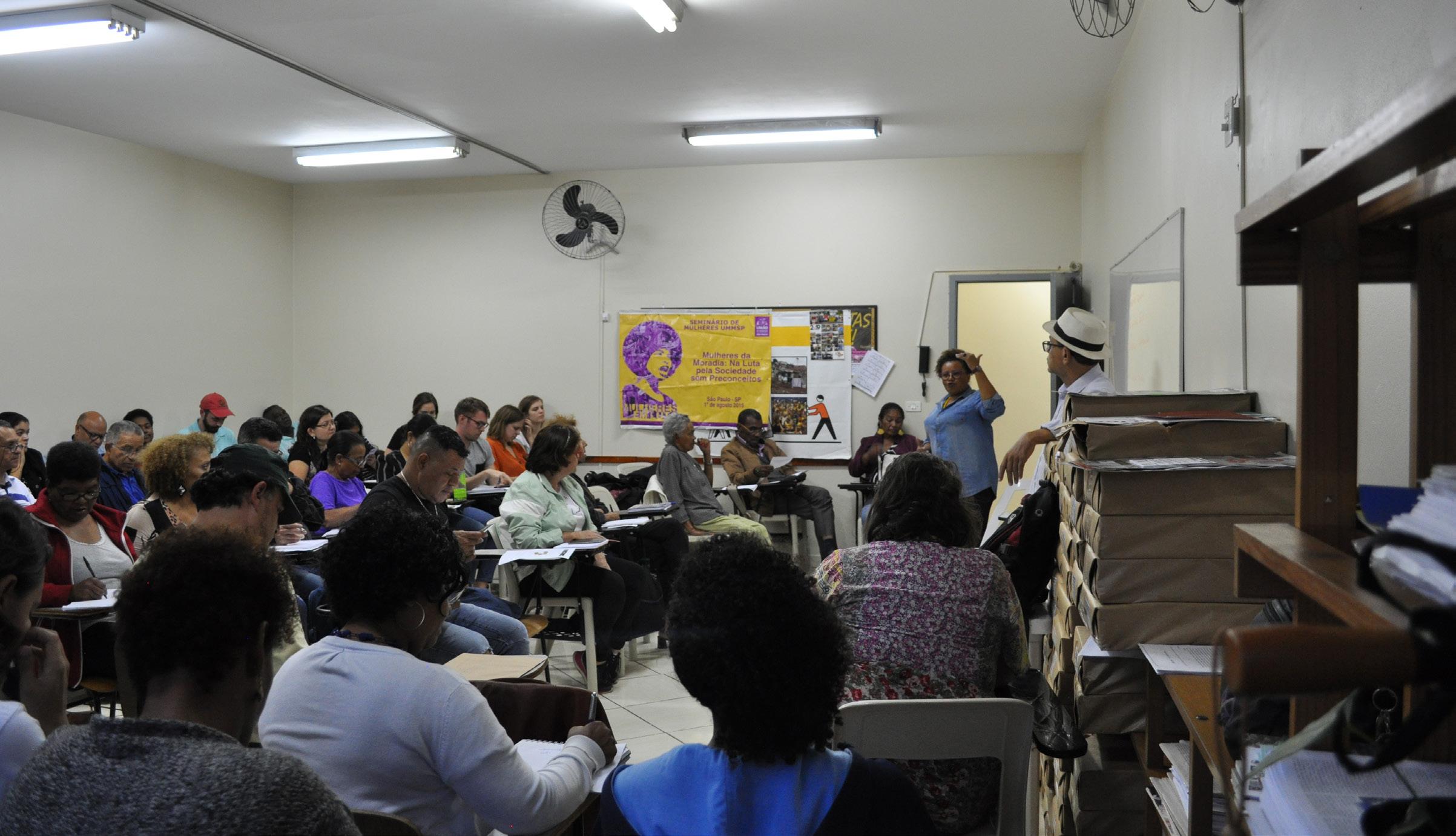
Figure 04.14 Meeting at UMM-SP’s office in the Liberdade neighborhood in São Paulo.
CONCLUSION
Our range of fieldwork helped give us a more complete understanding of how UMM-SP and its members operate, what they prioritize, and how their work gets done. This provided nuanced details needed to better inform our deliverables. More importantly, the sheer number of projects we were able to visit and the accompanying interviews allowed us to better understand the broader picture of how the movements are contributing to the material needs of residents.








